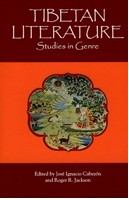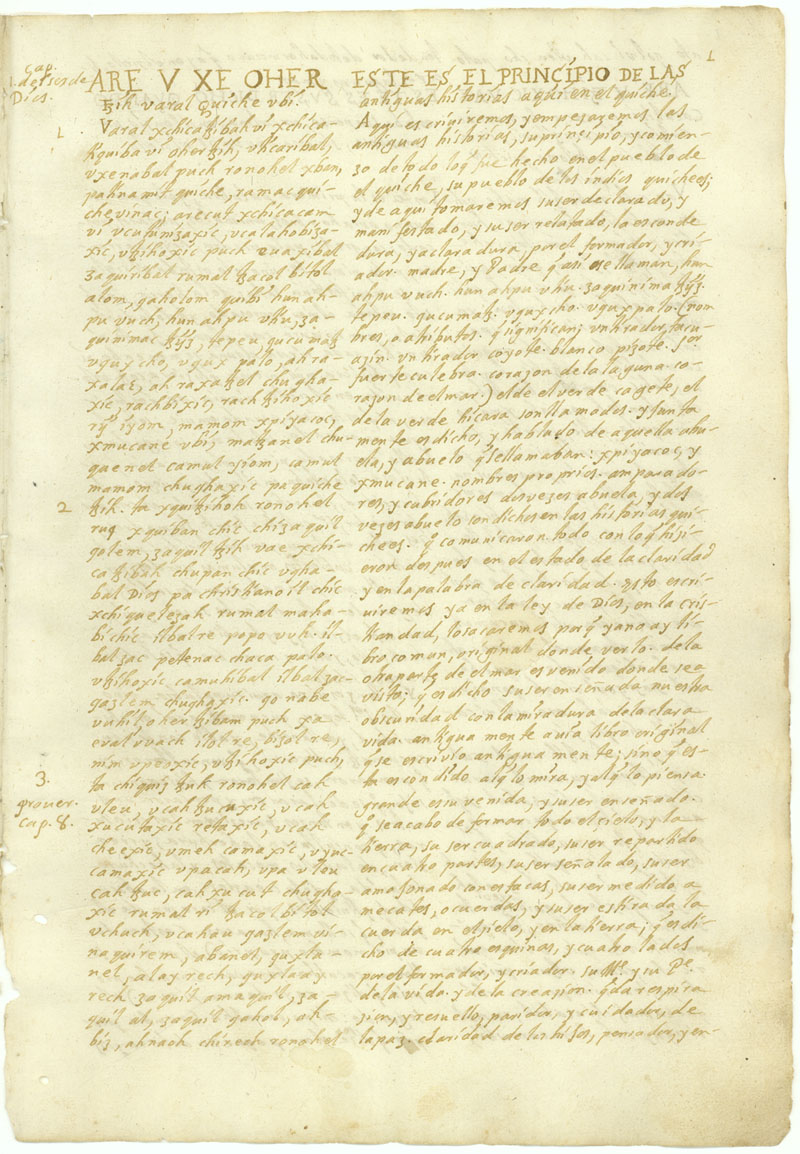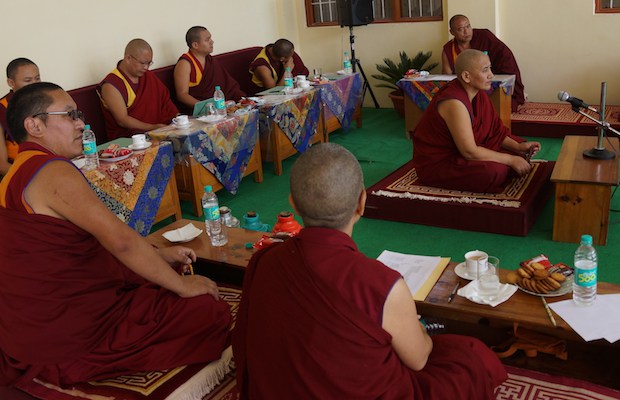Featured Resources
SHANTI Texts is a published repository of texts that can be used for a variety of content types, from remediated primary sources to long-form scholarly blog posts to be shared via social media. It is designed to allow you create content on-site or to upload long texts.
Taken from url: http://places.kmaps.virginia.edu/descriptions/94.xml
Taken from url: http://places.kmaps.virginia.edu/descriptions/1277.xml
Taken from url: http://places.kmaps.virginia.edu/descriptions/1284.xml
Taken from url: http://places.kmaps.virginia.edu/descriptions/14.xml
Taken from url: http://places.kmaps.virginia.edu/descriptions/1272.xml
Taken from url: http://places.kmaps.virginia.edu/descriptions/1261.xml
Taken from url: http://places.kmaps.virginia.edu/descriptions/1300.xml
Taken from url: http://places.kmaps.virginia.edu/descriptions/1214.xml
The history and development of archery as Bhutan's national game, played almost exclusively by men.
This is a translation of the Tibetan text of Āryadeva’s text ལག་པའི་ཚད་ and it’s autocommentary. The main edition of the text used is from the Degé Tengyur, though other Tibetan editions are listed in the bibliography. The translation is a rough draft.
Taken from url: http://places.kmaps.virginia.edu/descriptions/1304.xml
An extremely brief summary of Bhutan's religious history, presented in three phases.
A view on the building plans and cultural perceptions of temples built in Bhutan meant to emulate Guru Rinpoche's Copper Mountain Paradise.
Descriptions of the three types of water sources used for bathing in Bhutan: tshachu, menchu, and drupchu.
The author's view on the state of bomena and its changed prominence and practices in modern Bhutan.


